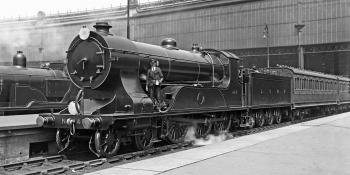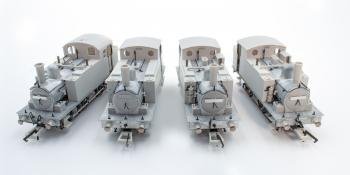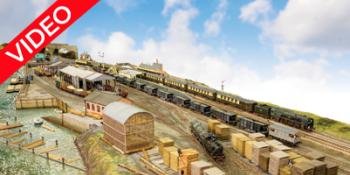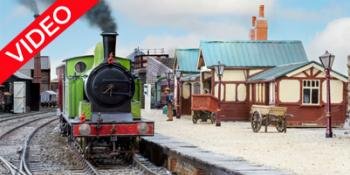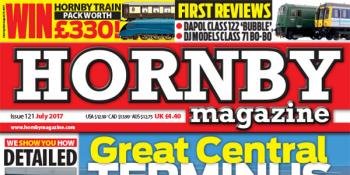A long-lost railway with operational restrictions provided all the incentive TREVOR JONES needed to create a new branch line train hauled by a 3D printed SER ‘R1’ 0-6-0T. Trevor explains all.
While not as high-profile as the Liverpool and Manchester Railway (L&MR), which opened to passengers and freight in September 1830, the Canterbury and Whitstable Railway (C&W) in Kent, or ‘Crab and Winkle Line’ as it became known, actually preceeded the L&MR’s opening by several months, in May 1830.
The C&W was designed to carry passengers and freight from the start. Unlike the L&MR it used cable haulage by stationary steam engines over much of its length, with steam locomotives restricted to the level stretch. The company’s first locomotive, Invicta, now resides in the Whitstable Community Museum. Passenger traffic ceased in 1932 and freight in 1952, but it had a short reprieve in 1953 when, because of the east coast floods, it was used as a diversionary route.

Above: South Eastern Railway ‘R1’ 0-6-0T 31339 passes under the wartime refuelling pipes as it climbs away from Great Wakering harbour with the evening fish departure. A DMU summer-only service awaits departure time in the platform.
However, its colloquial name…
